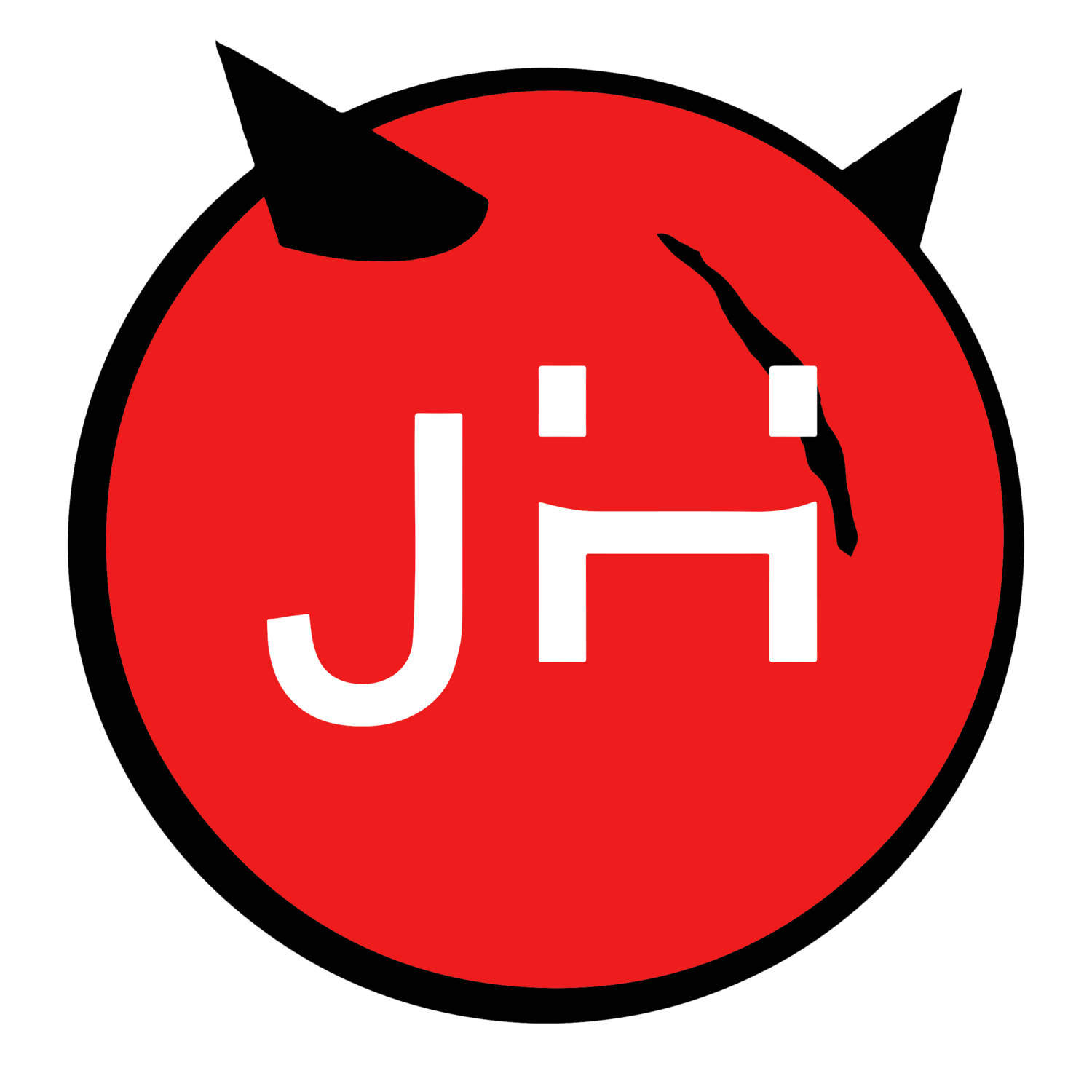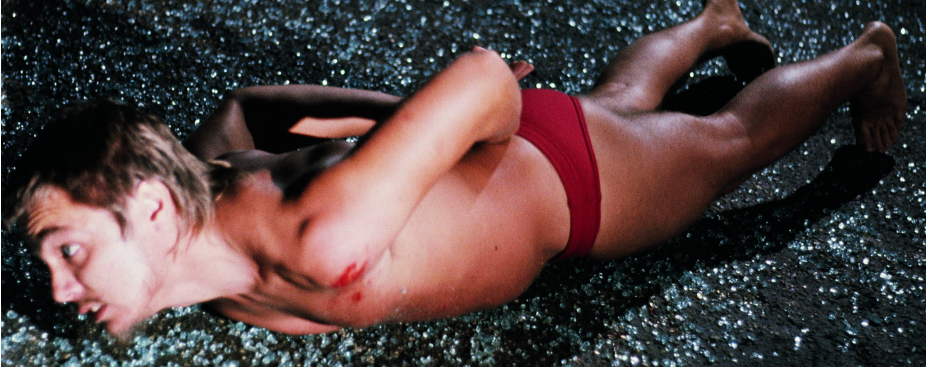Artist Spotlight: Chris Burden
Chris Burden was an American artist and performer who was born in Boston, Massachusetts, in 1946 and grew up in Southern California. He was a prominent figure in the conceptual art movement of the 1970s, and his work is known for its challenging, often controversial nature.
Burden's work often explored themes of power, control, and the human body. One of his most famous pieces, "Shoot," involved Burden being shot in the arm by an assistant from a distance of fifteen feet. This performance, which took place in 1971, was intended to challenge the viewer's preconceptions about violence and the role of the artist as a performer.
Burden's work often incorporated elements of risk and danger, and he was known for pushing the boundaries of what was acceptable in the art world. In "Through the Night Softly," Burden crawled through broken glass and across hot coals, and in "Doomed," he lay underneath a sheet of glass for five days as a gallery of visitors walked over him.
In addition to his performances, Burden was also known for his sculptures and installations. One of his most famous pieces in this vein was "Urban Light," a large-scale installation of street lamps that was installed outside the Los Angeles County Museum of Art in 2008. This piece, which was made from 202 restored street lamps from the 1920s, has become an iconic landmark in Los Angeles and has been widely praised for its beauty and its ability to transform the surrounding urban landscape.
Burden's work has been exhibited in galleries and museums around the world, and it has been the subject of numerous books and articles. Despite the controversy that often surrounded his work, Burden is widely regarded as one of the most important and influential artists of the 20th century.
In addition to his performances and sculptures, Burden was also known for his video and film work. In 1979, he released "The Atomic Café," a documentary film that explored the cultural and political significance of nuclear weapons in the United States. The film, which was made up of archival footage and interviews with experts, was widely praised for its wit and its ability to shed light on a complex and often overlooked subject.
In the 1980s and 1990s, Burden continued to produce a wide range of work, including installations, sculptures, and performances. Some of his most notable pieces from this period include "Door to Heaven," a large-scale installation made up of doors from different countries, and "The Light of Reason," a performance in which Burden sat in a room with a single light bulb for eight hours.
Burden was also an accomplished writer and teacher, and he was known for his ability to engage and inspire his students. He taught at several universities throughout his career, including the University of California, Los Angeles (UCLA), where he was a professor of art from 1994 to 2002.
In conclusion, Chris Burden was an artist and performer who made a significant contribution to the conceptual art movement of the 1970s. His work, which often explored themes of power, control, and the human body, was challenging and controversial, and it continues to be widely admired and studied today. Chris Burden passed away on May 10, 2015, at the age of 69 from melanoma.
Famous Works:
"Shoot" - This performance, which took place in 1971, involved Burden being shot in the arm by an assistant from a distance of fifteen feet. The piece was intended to challenge the viewer's preconceptions about violence and the role of the artist as a performer.
"Through the Night Softly" is a performance art piece where Chris Burden would crawl through a 100 ft (30 m) of broken glass. The work was performed in 1969. The piece is also a confrontation with pain and endurance, as well as the idea of sacrifice and the limits of the human body. This performance was part of the early body art movement, where artists explored the relationship between the body, performance and the audience. This particular performance the artist wanted to express the idea of a religious pilgrimage, by going through the shattered glass to reach the other side, the light and a symbol of redemption.
"Doomed" is a performance art piece where Chris Burden laid underneath a sheet of glass and invited people to interact with him as they pleased. The work was first performed in 1972. The piece was a conceptual performance art where the artist is placing himself in a vulnerable position, lying down underneath a sheet of glass, and leaving himself open to the interactions of the audience. The work was a commentary on power dynamics between the artist and the audience, and the idea of control. The artist wanted to create a social experiment and test the limits of human behavior by putting himself in a vulnerable position and seeing how the audience would react.
"Urban Light" is a sculpture by the artist Chris Burden, which is located at the Los Angeles County Museum of Art (LACMA) in Los Angeles, California. It is one of his most well-known works, and has become a popular tourist destination and an iconic symbol of the city.
The sculpture consists of 202 restored street lamps from the 1920s, arranged in two rows of 101 along a paved walkway. The lamps are arranged in a symmetrical grid pattern and are illuminated at night, creating a striking visual effect. The lamps are of a type that were once common in the streets of Los Angeles, but have since been phased out and replaced with more modern designs.
The concept behind "Urban Light" is to create a sense of nostalgia for the past, and to draw attention to the changing urban landscape of Los Angeles. The use of street lamps from the 1920s evokes a sense of history and nostalgia for a bygone era, while the illuminated grid pattern creates a sense of order and symmetry. The sculpture also serves as a commentary on the passage of time and the way in which cities and urban environments change over time.
"Trans-fixed" involved Chris Burden being nailed to the hood of a Volkswagen Beetle, then having a friend drive the car around a parking lot for a short distance. The performance was held on the night of Good Friday, April 1974, in a rented parking lot in the San Fernando Valley, California. Burden was attached to the car with large nails through his palms, a reference to the crucifixion of Jesus Christ. The car was driven around the parking lot for a short distance, while Burden remained nailed to the hood. The performance lasted only a few minutes, and Burden was helped down by his assistant after the car was stopped. The concept behind the piece is similar to other works by the artist, exploring the limits of the human body and the relationship between pain and endurance, as well as the idea of sacrifice and the power of religious iconography. This work also has the added element of motion and the idea of being at the mercy of another person, emphasizing the vulnerability and the powerlessness of the performer.
Conceptual Art in 1970s Los Angeles
The conceptual art movement in the 1970s in Los Angeles was marked by a focus on ideas and concepts over traditional artistic mediums. Cal Arts, or the California Institute of the Arts, played a significant role in the development and evolution of this movement.Cal Arts was founded in the early 1970s and quickly became a hub for contemporary art, attracting a diverse group of artists and thinkers who sought to push the boundaries of traditional art forms. The school was a melting pot of different art forms, including visual arts, dance, music, and theater, and encouraged cross-disciplinary experimentation and collaboration.
During this time, many artists at Cal Arts were exploring the concept of art as a process rather than a product, leading to the development of conceptual art. This movement was characterized by an emphasis on ideas and concepts over the traditional materials and techniques of art-making. Artists often used everyday objects, language, and performance to create works that challenged traditional notions of art and the role of the artist.
Cal Arts played an important role in shaping the conceptual art movement in Los Angeles, providing a space for artists to experiment, collaborate, and challenge traditional forms of art. Many of the artists associated with Cal Arts went on to become major figures in the contemporary art world, and their work continues to influence new generations of artists today.
Chris Burden & Cal Arts
Chris Burden was a student at Cal Arts, or the California Institute of the Arts, in the 1970s. During his time at Cal Arts, Burden was associated with the conceptual and performance art movements, and his work often explored the boundaries of the body and the physical limits of the self.
Burden was known for his challenging and often controversial works, which often involved risking his own physical safety. Some of his most well-known works from this period include "Shoot," "Five Day Locker Piece," and "Through the Night Softly." These works were performed at Cal Arts and other venues in Los Angeles, and helped to establish Burden as a major figure in the contemporary art world.
Other Famous Artists from Cal Arts
Cal Arts attracted many talented artists and thinkers in the 1970s who went on to have a significant impact on the art world. Here are a few notable artists who studied or taught at Cal Arts during this time:
John Baldessari: Baldessari was a pioneering conceptual artist who blended images and text to challenge the boundaries of traditional art forms. He taught at Cal Arts for many years and his work continues to be influential in the contemporary art world.
Douglas Huebler: Huebler was a pioneer of conceptual art who used language and text in his work to explore the nature of art and the role of the artist. He was a visiting artist at Cal Arts and his work continues to be relevant to contemporary artists today.
Michael Asher: Asher was a conceptual artist who used performance and installation to explore the relationship between art and everyday life. He taught at Cal Arts and his work continues to be influential in the contemporary art world.
Laurie Anderson: Anderson was a multi-disciplinary artist who blended music, performance, and technology in her work. She studied at Cal Arts and went on to become a major figure in the contemporary art world, known for her innovative use of technology in her work.
Ed Ruscha: Ruscha was a visual artist who used text and image in his work to explore the relationship between art and everyday life. He taught at Cal Arts and his work continues to be relevant to contemporary artists today.






